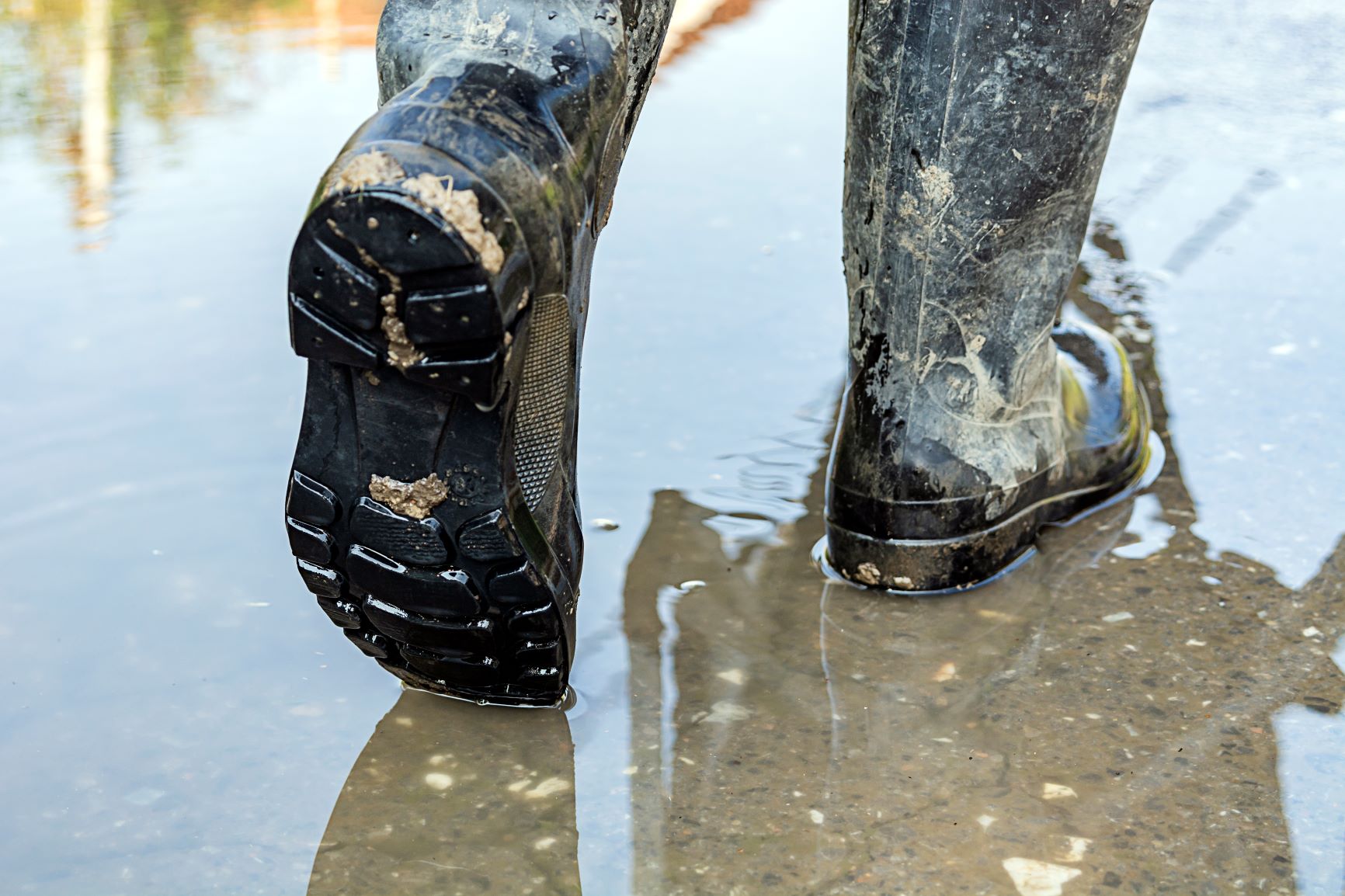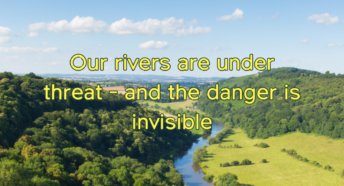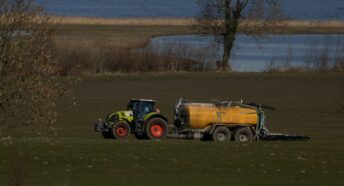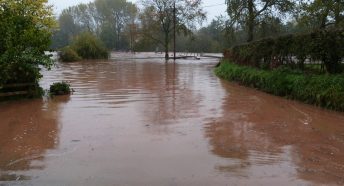Biocides: What you need to know and what it means for Herefordshire
The initial report issued by The Rivers Trust and Countryside Link has cracked open Pandora’s box on the subject of biocides.
This new report draws on information gleaned from the Environment Agency’s vast data bank. For the first time, we are shedding light on chemicals with names unfamiliar to most of us. The study found all six biocides present in the River Lugg, along with surprisingly high concentrations of DEET. DEET is an insect repellent mainly used in areas where malaria is present.
We now need to understand not just that these chemicals are present, but in what concentrations, and what their full impact is on the environment and public health.
Chemical pollution is just as harmful, if not more so, than sewage.
Initial press reports suggest that biocides come from everyday household cleaning products found under sinks or in bathrooms. At CPRE, we challenge this, as the Lugg catchment is one of the most under populated areas. Herefordshire’s entire population is only around 190,000.
On closer examination of the six biocides present, four have greater use as fungicides used in agriculture.
We are not blaming farmers as this is a systemic issue, with these chemicals included in a vast range of products.
It is also deeply concerning that the Health and Safety Executive (HSE) may have plans that aim to get rid of biocide reauthorisation. If this happens, it would mean that even when science identifies a biocide as a risk to human health, there would be no mechanism to reduce or remove its active ingredient.
We urgently need more research into where these chemicals originate and how they are entering the River Lugg.
Another source could be through the spreading of biosolids from sewage treatment works onto farmland. Welsh Water operates a closely monitored system for supplying biosolids to landowners, but it’s based on a 1989 protocol. Since then, we’ve seen the emergence of new pollutants such as PFAS ‘forever chemicals’, pharmaceuticals, and microplastics. These are impacting not just the environment but downgrading the effectiveness of current antibiotics.
Many of these chemicals are not, and cannot, be removed by sewage treatment processes and are returning to the land, and into the food we eat.
We all want good, healthy soil, and to achieve this with minimal inputs, we actually need increased fungal activity. This is how nature has worked for millions of years, yet our interventions over the last 150 years have forgotten this essential truth.
We must encourage the growth of mycorrhizal fungi and beneficial bacteria in our soils, rather than its sterilisation.
To find out more about our work and support us, click here.









